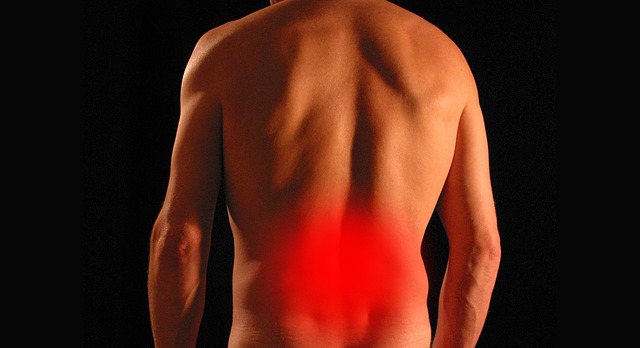Low back pain is a common and often debilitating health issue that affects people of all ages. It can range from mild discomfort to severe pain and can significantly impact daily life. In this article, we will explore the causes, symptoms, prevention strategies, and treatment options for low back pain.
Causes of Low Back Pain
Low back pain can result from various factors, including:
- Muscle Strain: Overexertion, work related posture, lifting heavy objects, or sudden movements can lead to strained or pulled muscles and ligaments in the lower back.
- Degenerative Disc Disease: The natural aging process can cause intervertebral discs to lose fluid and become less effective at cushioning the spine, leading to pain.
- Herniated Disc: When the soft inner material of a disc protrudes through the tough outer layer, it can irritate nearby nerves and cause pain.
- Spinal Stenosis: The narrowing of the spinal canal can put pressure on the spinal cord and nerves, leading to pain and discomfort.
- Osteoarthritis: Wear and tear on the spinal joints can result in osteoarthritis, which can cause pain and stiffness.
- Scoliosis: An abnormal curvature of the spine can lead to back pain, especially as it progresses.
- Injuries: Trauma from accidents or falls can cause fractures, sprains, or other injuries resulting in low back pain.
- Medical Conditions: Certain medical conditions, such as kidney stones, endometriosis, or infections, can lead to referred pain in the lower back.
Symptoms of Low Back Pain
Low back pain can manifest in various ways, including:
- Dull Ache: A persistent, mild to moderate ache in the lower back.
- Sharp Pain: Sudden and severe pain that may limit movement.
- Stiffness: Difficulty in bending or moving the lower back.
- Radiating Pain: Pain that extends into the buttocks, thighs, or legs, often indicating nerve involvement.
- Numbness and Tingling: These sensations may occur in the lower back, buttocks, or legs.
- Muscle Weakness: Weakening of the leg muscles, potentially causing difficulty walking or standing.
Prevention of Low Back Pain
Preventing low back pain involves adopting healthy habits and making lifestyle adjustments:
- Maintain Good Posture: Proper posture during sitting, standing, and lifting can help reduce the risk of back strain. Sitting upright on firm seats is helpful. Taking breaks and stretching also helps.
- Regular Exercise: Strengthening the core muscles through exercises like yoga, pilates, and back-focused workouts can support the lower back.
- Lift Safely: When lifting heavy objects, use your legs and keep the object close to your body to reduce the strain on your lower back.
- Maintain a Healthy Weight: Excess weight can put added stress on the lower back. Healthy diets with fruits and vegetables also helps with stress management and improves body healing from stress.
- Ergonomic Workspace: Ensure your workspace is ergonomically designed to minimize strain on the back and neck.
- Stay Active: Regular physical activity helps maintain flexibility and strength in the lower back.
Treatment of Low Back Pain
Treatment for low back pain depends on the underlying cause and the severity of symptoms:
- Rest and Activity Modification: In some cases, resting and avoiding activities that exacerbate the pain can help.
- Medications: Over-the-counter pain relievers like ibuprofen or acetaminophen can provide temporary relief. For more severe pain, a healthcare provider may prescribe stronger medications.
- Physical Therapy: Physical therapists can provide exercises and techniques to improve back strength and flexibility.
- Heat and Cold Therapy: Applying heat or cold packs to the affected area can help reduce pain and inflammation.
- Injections: Corticosteroid injections may be used to reduce inflammation and alleviate pain.
- Surgery: In severe cases or when conservative treatments fail, surgery may be recommended to address the underlying issue, such as herniated discs or spinal stenosis.
Conclusion
Low back pain is a common condition that can affect anyone. Understanding the causes, recognizing symptoms, and adopting preventive measures can help reduce the risk of developing or exacerbating low back pain. If you experience persistent or severe low back pain, it is crucial to seek medical evaluation and treatment to address the underlying issue and regain your quality of life.
